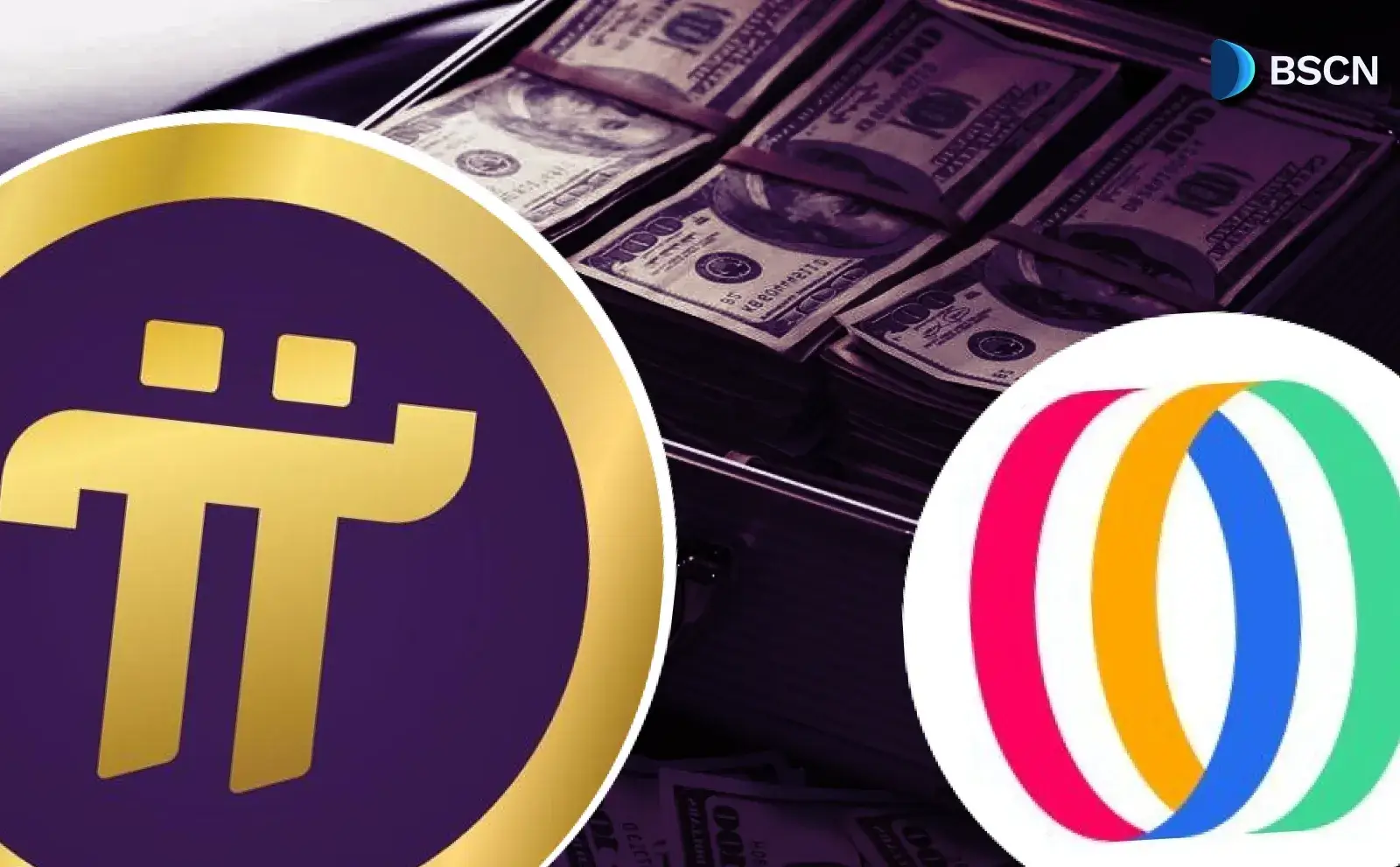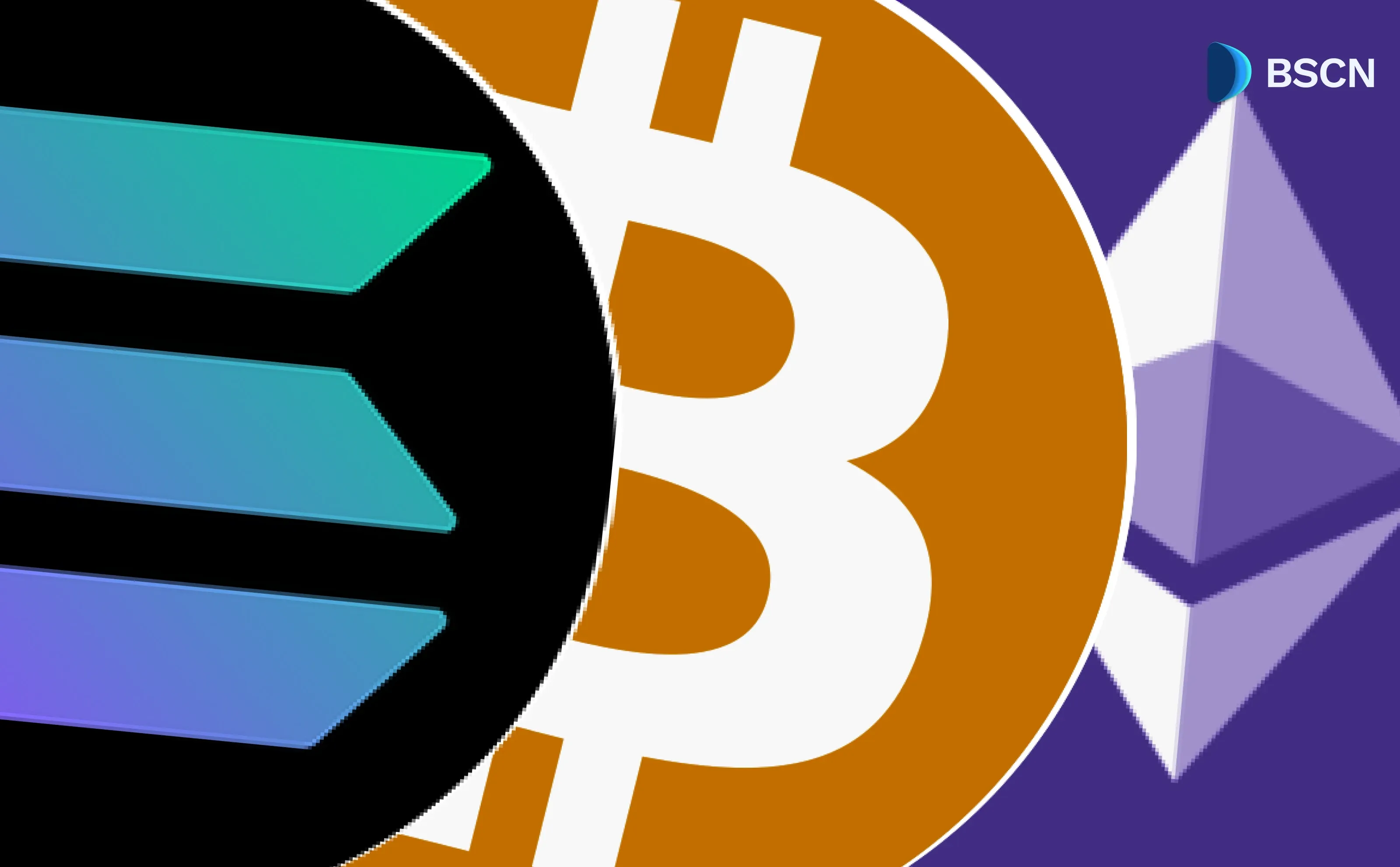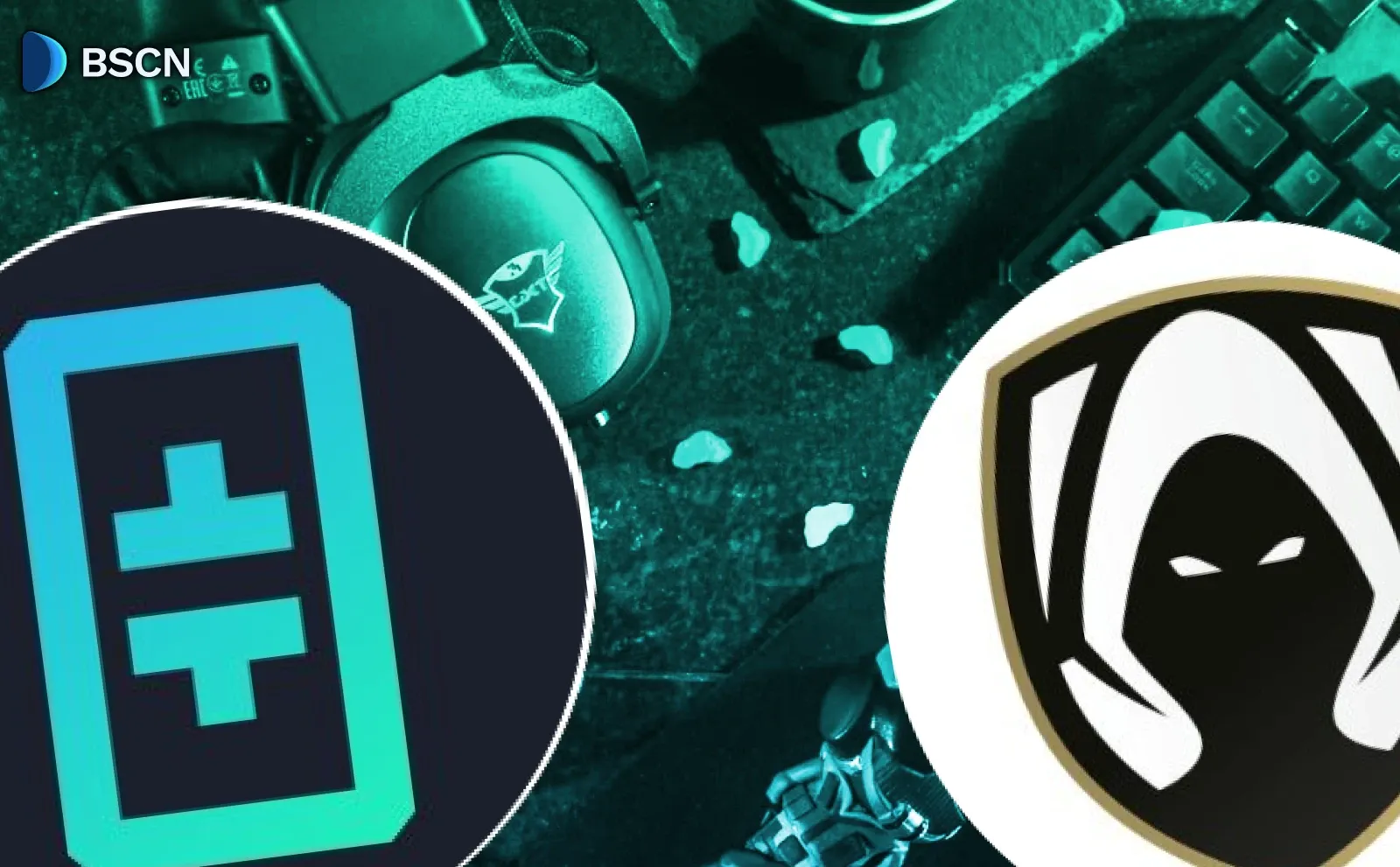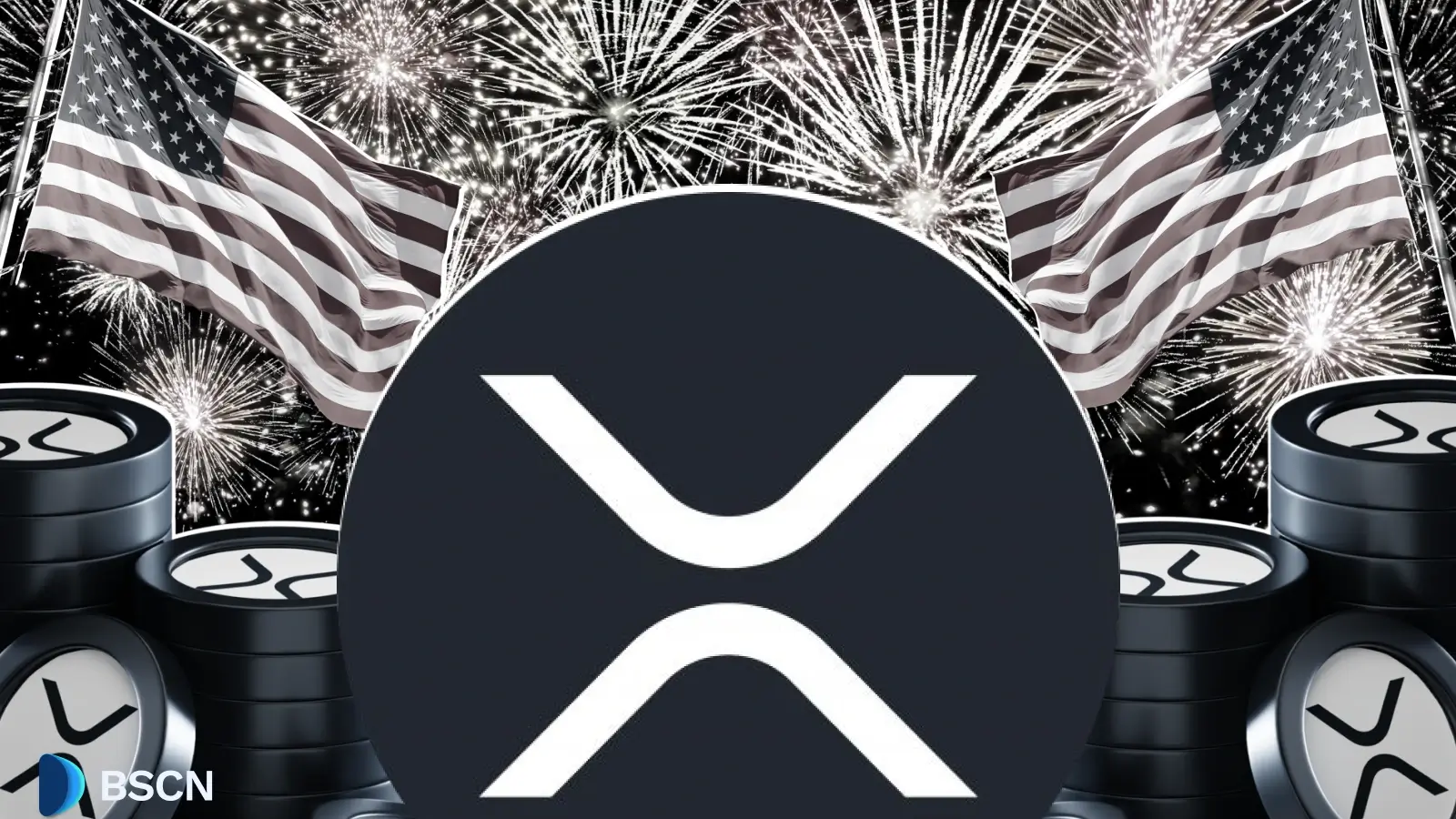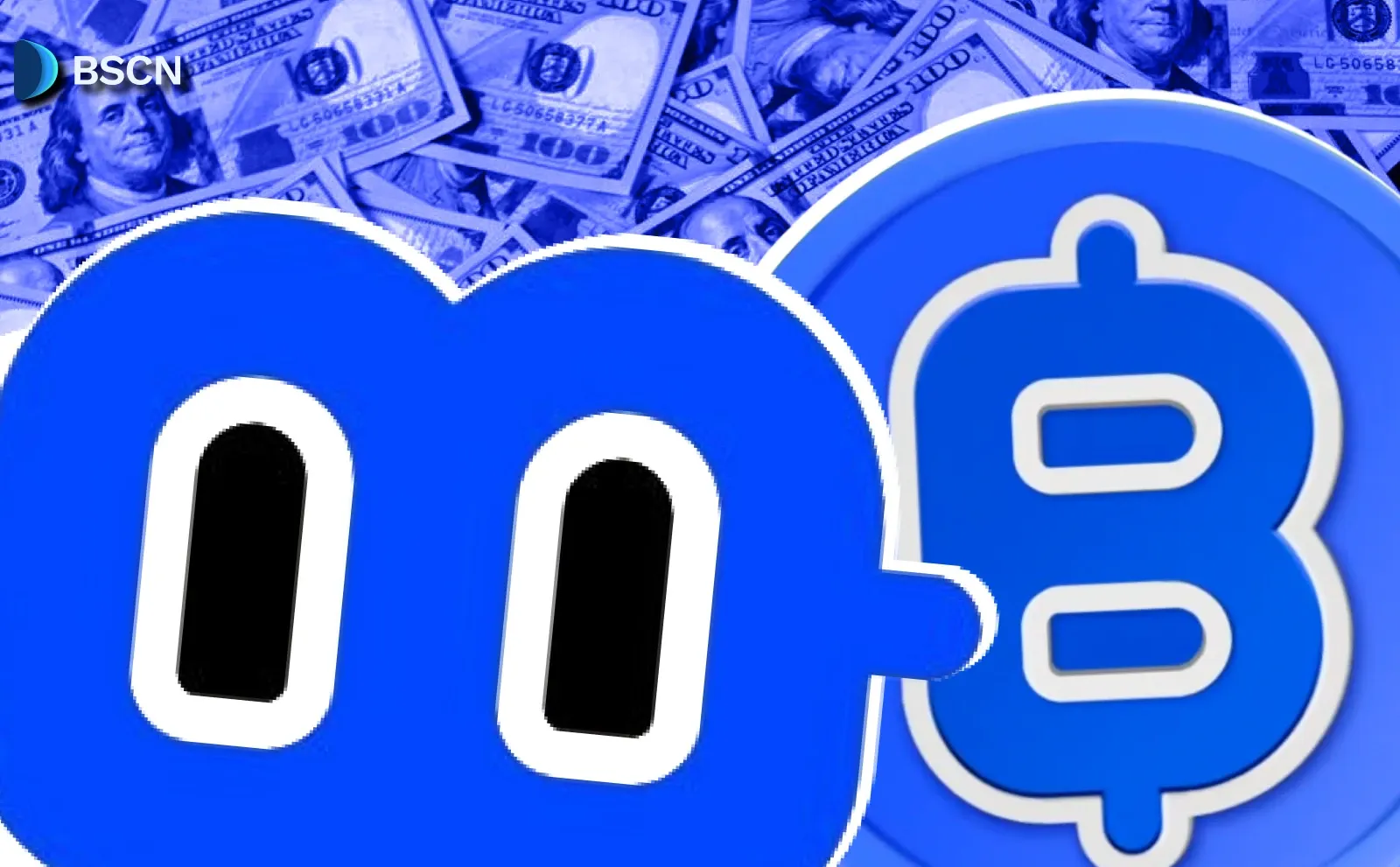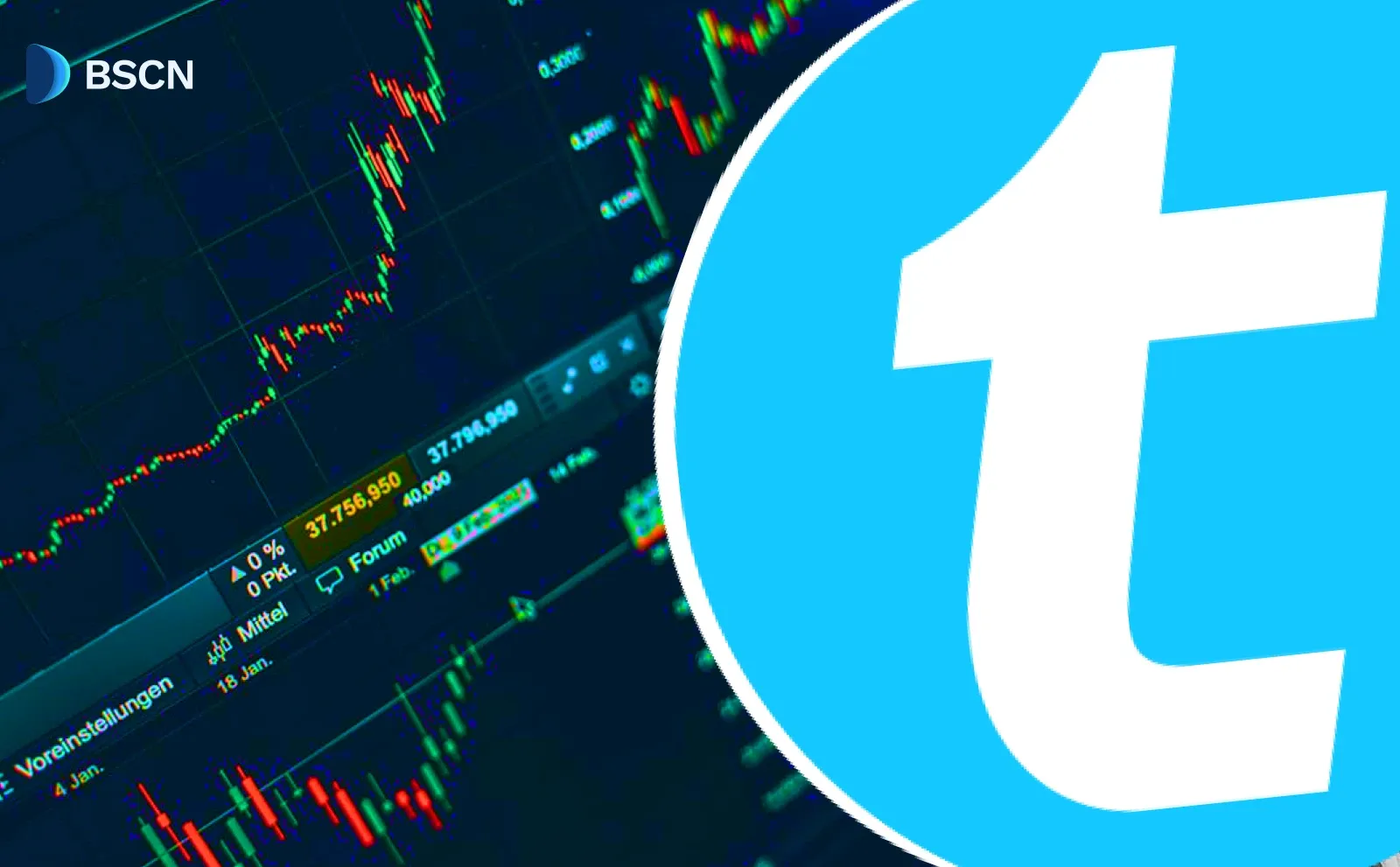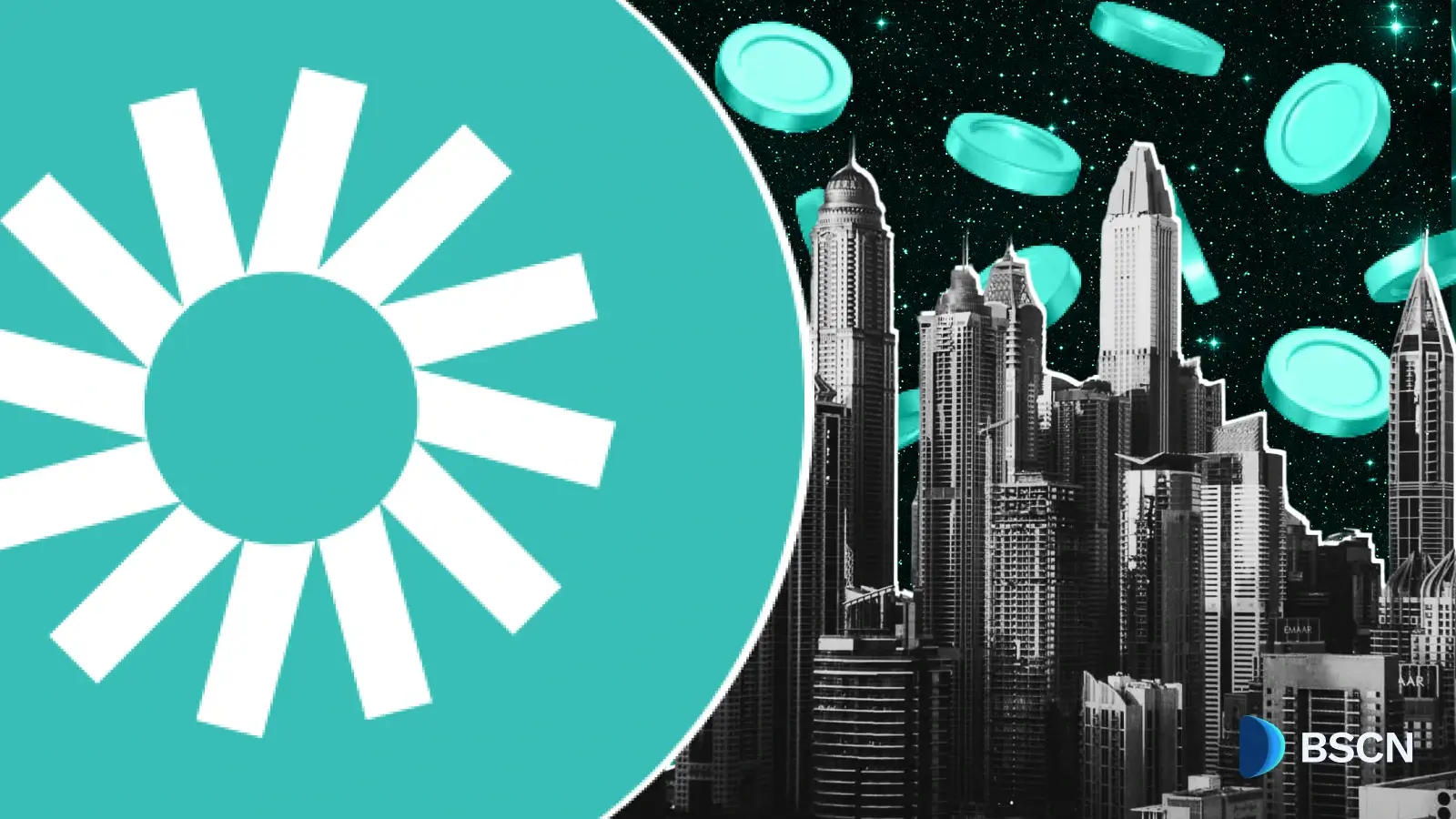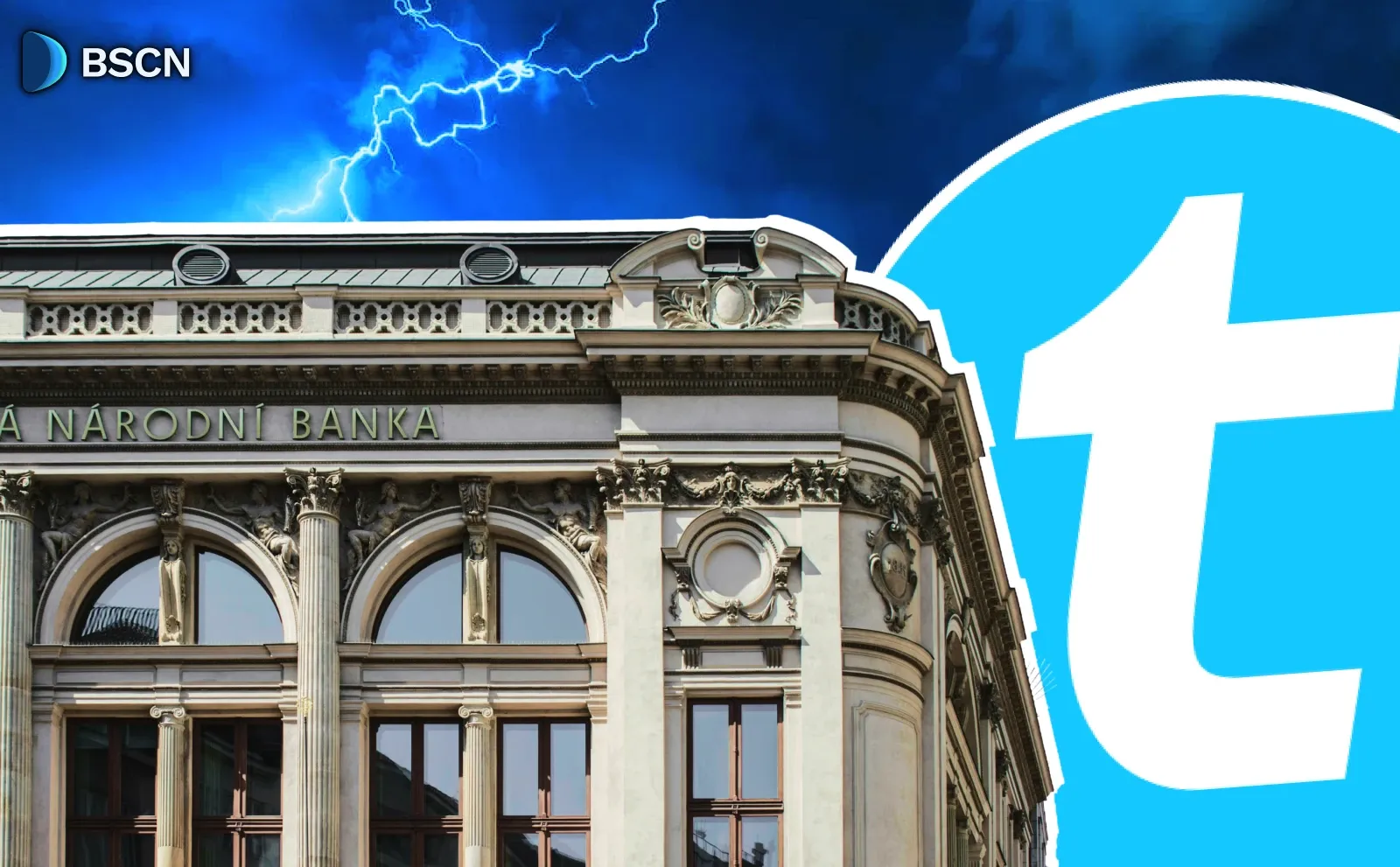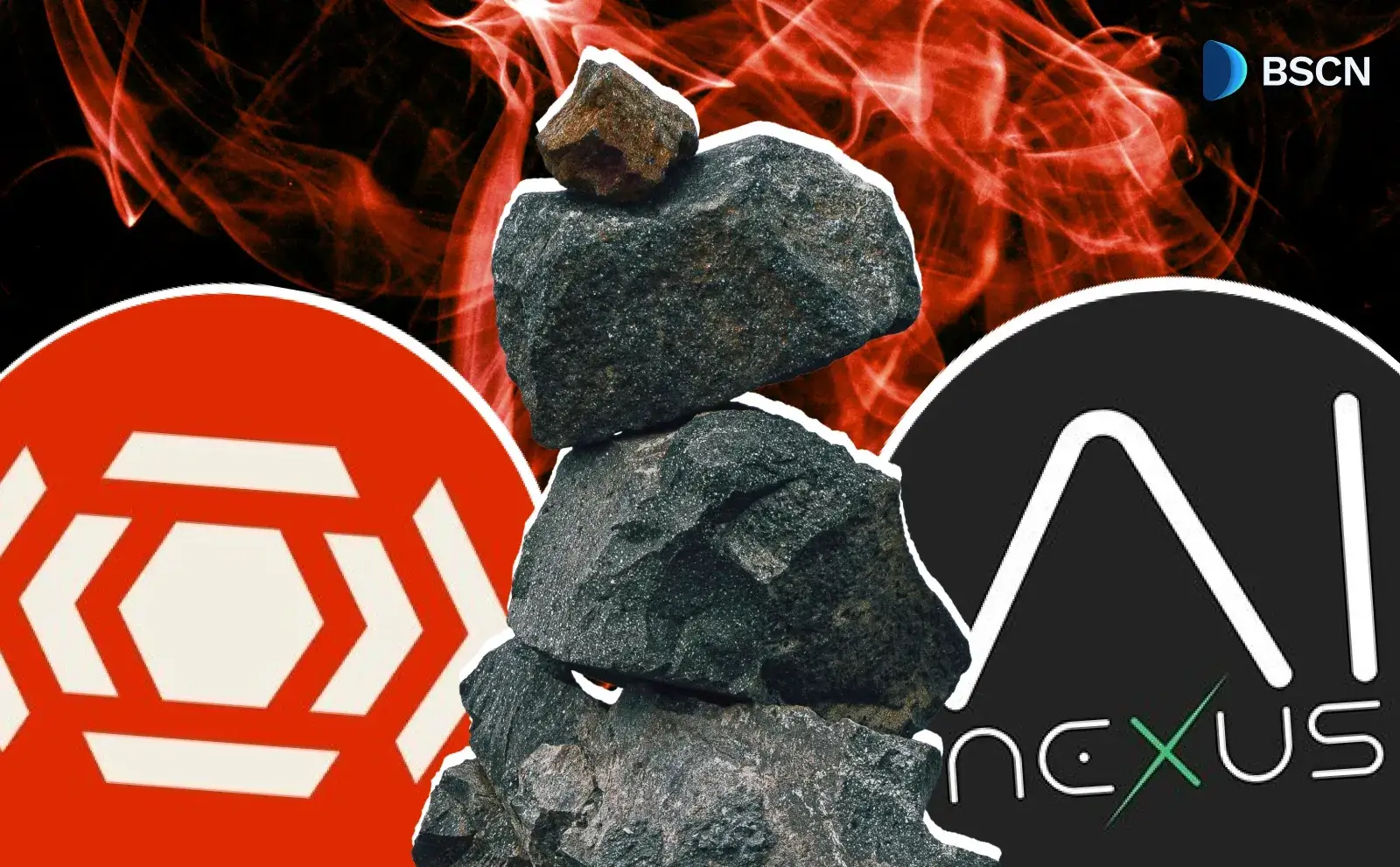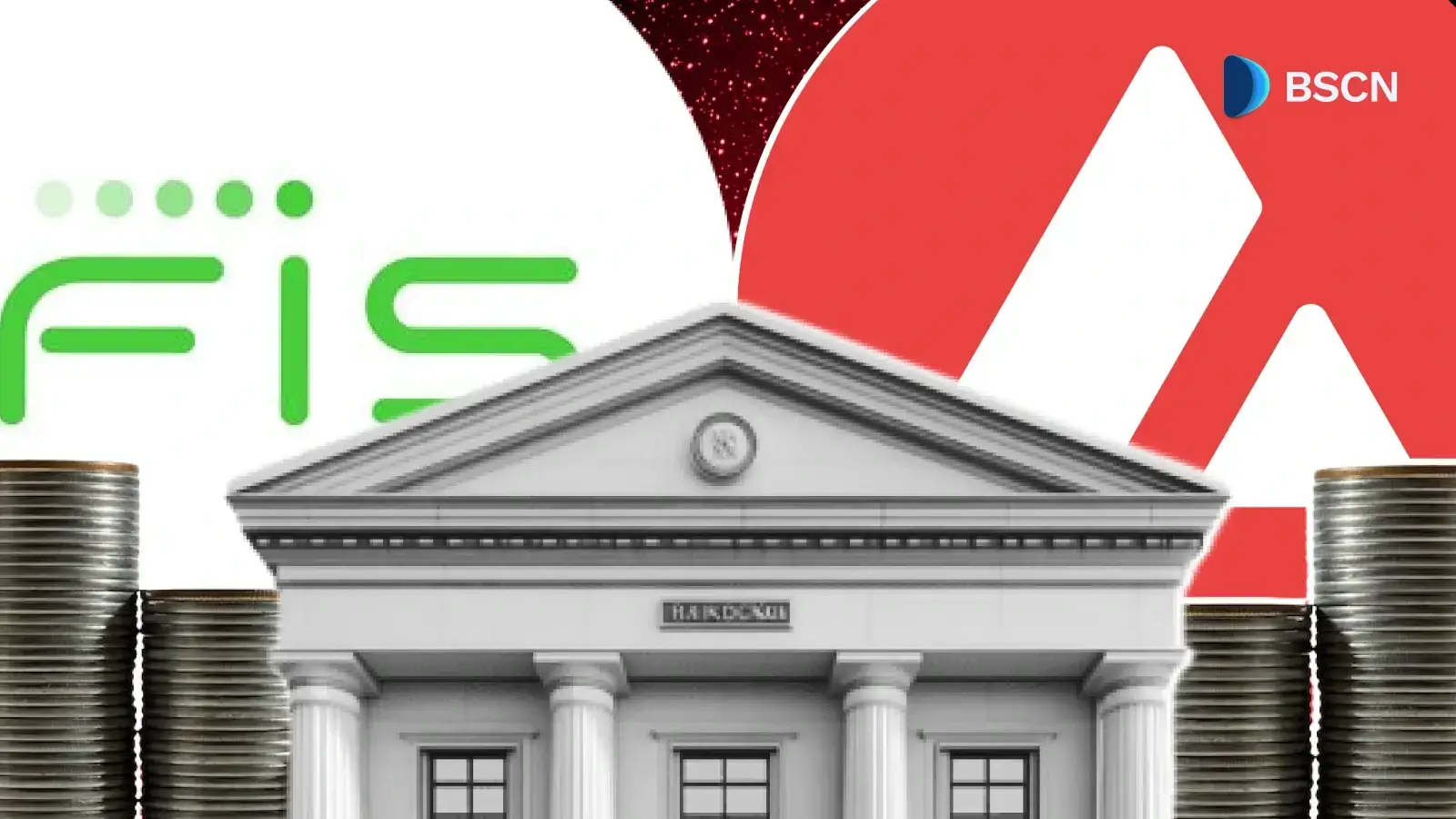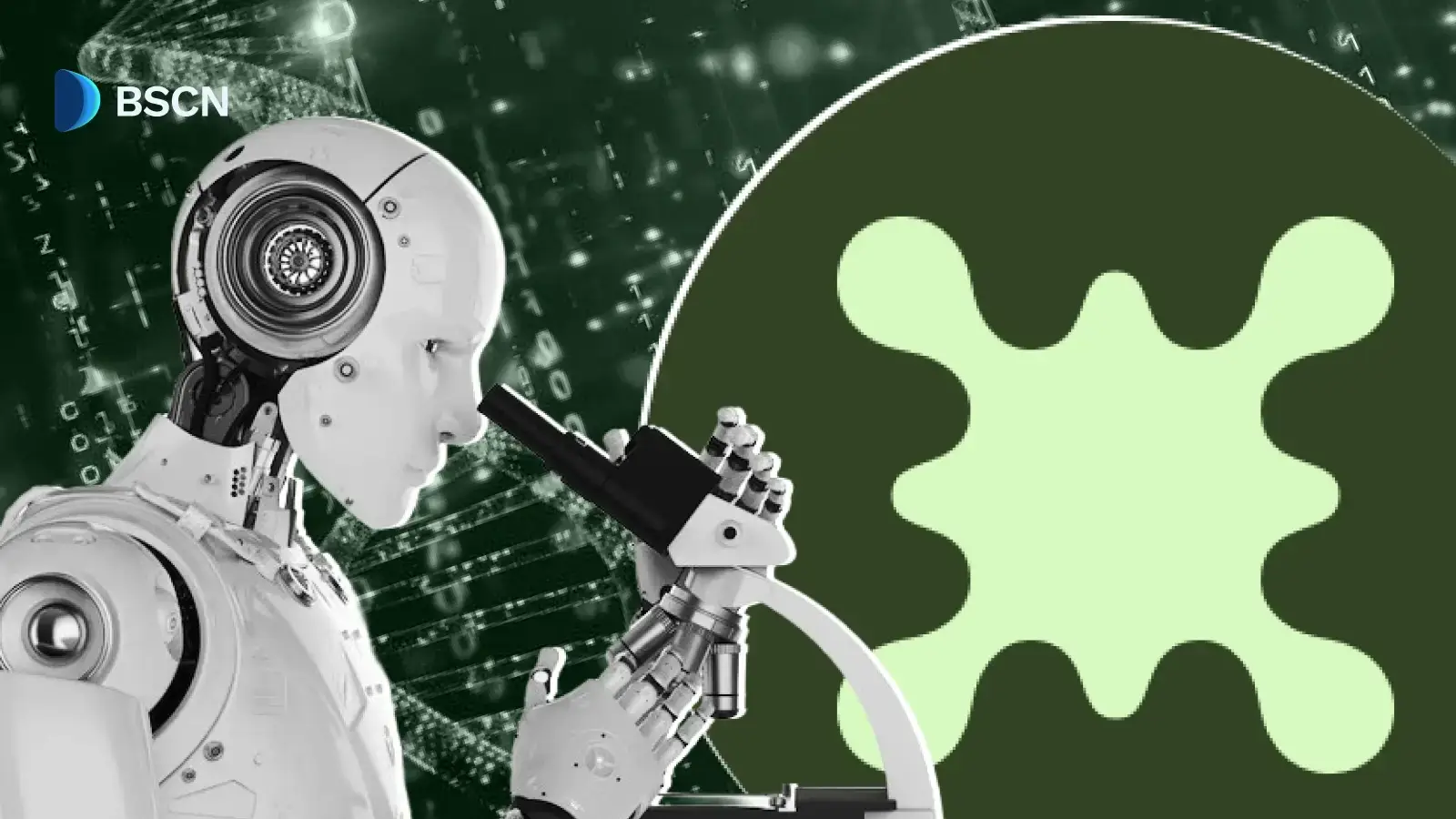News
(Advertisement)
Pi Network Introduces Pi DEX, AMM Liquidity Pools, and Token Creation Features on the Pi Testnet

After the testing period, Pi Network will make the features available on the mainnet.
UC Hope
October 2, 2025
(Advertisement)
Table of Contents
Amid the ongoing Decentralized Exchange (DEX) hype, Pi Network has integrated a DEX, Automated Market Maker (AMM) liquidity pools, and token creation features. However, these key integrations are available on its Testnet blockchain, as announced by founder Dr. Chengdiao Fan at the TOKEN2049 conference in Singapore.
These additions allow developers and users to test token swaps, liquidity provision, and other Decentralized Finance (DeFi) mechanics using Test-Pi, the network's test currency. The rollout follows the conclusion of the .pi domains auction on September 30, 2025.
DeFi Features on Testnet
The features were introduced during Dr. Fan's keynote at TOKEN2049, where she outlined the deployment on the Testnet for initial testing.
"As Pi Founder Dr. Chengdiao Fan announced live on stage at TOKEN2049, Pi Network has just deployed a suite of new features to its blockchains. These features are initially being rolled out only on Testnet for testing purposes. After the testing period, they will be accessible on Mainnet," the Pi Network blog read.
This phased approach restricts the tools to the Testnet environment for now, using Test-Pi and test tokens that hold no value outside of testing. On the Mainnet, these functions remain unavailable until testing concludes, but the Pi Wallet interface displays the options and directs users to the Testnet.
The Pi DEX and AMM components operate at the protocol level of the Pi blockchain, enabling token swaps and managing liquidity pools. Developers can build custom interfaces for these features, allowing users to experiment with adding or removing liquidity and observe market mechanics. The Testnet setup provides a controlled space for projects to verify DeFi interactions before any potential Mainnet integration.
This includes handling token pairs, calculating swap rates based on constant product formulas typical in AMM designs, and managing pool fees; however, specific parameters such as fee percentages have not been detailed in the announcement.
Token creation complements the DEX and AMM by enabling developers to mint new tokens on the Testnet at no cost. Documentation for this process is expected to be available in the coming weeks. On the Mainnet, token creation will include rules to promote utility-focused designs, such as requiring reasonable token supply and distribution plans. These guidelines aim to align incentives toward building applications and services rather than speculative ventures. Dr. Fan emphasized this during her speech, noting the need to differentiate from memecoins, which often lack underlying utility and rely on community hype for value.
Integration with Existing Pi Infrastructure
These new features build on Pi Network's established components, including the Pi Wallet for managing assets, the Pi Ad Network for monetization, and staking mechanisms in the Ecosystem Directory for app discovery. The network's know-your-customer (KYC) verification process ensures token distributions reach authenticated users, supporting fair allocation. With a user base exceeding 50 million verified members, developers gain access to a large audience for testing token integrations in real-world scenarios, such as in-app payments or community rewards.
The .pi domains auction, which ended on September 30, 2025, raised funds to support ecosystem development, including these DeFi tools. Proceeds from the auction may be used to fund further infrastructure enhancements. This event marks another milestone in Pi's progression, following previous achievements, including the launch of the mobile mining app, Open Mainnet, Pi App Studio, and wallet integrations.
Educational and Practical Aspects of the Testnet Phase
The Testnet deployment serves an educational purpose, allowing pioneers to learn DeFi concepts hands-on. Activities include simulating token swaps, where users exchange Test-Pi for test tokens at rates determined by liquidity pool balances. Liquidity providers can add assets to pools, earning proportional shares and potential fees from trades. These mechanics mirror standard DeFi protocols, such as those on Uniswap, but are tailored to Pi's blockchain architecture.
By restricting Mainnet access, the network minimizes risks associated with untested features. Test tokens and Test-Pi cannot be transferred to the Mainnet or used for real transactions, ensuring the phase focuses on refinement. This approach aims to boost financial literacy among users before full DeFi activation, potentially reducing errors in live environments. Developers can test integrations with Pi's app studio, which supports AI-powered app creation, allowing non-technical users to experiment with token-based functionalities such as governance or incentives.
The emphasis on utility over speculation is evident in the Mainnet rules. Tokens must demonstrate a clear connection to applications or services, such as powering in-app economies or facilitating cross-app interactions. This contrasts with memecoins, which Dr. Fan described as demonstrating community participation but often failing in sustainability due to the absence of utility. Pi's model seeks to attach tokenomics to tangible use cases, including system-level services that enhance network decentralization.
Conclusion
Pi Network's introduction of DEX, AMM liquidity pools, and token creation on the Testnet represents a measured expansion of its blockchain capabilities, integrating with existing tools like the Pi Wallet and KYC system to support developer testing and user education. These features enable precise experimentation with token swaps, liquidity management, and DeFi mechanics using Test-Pi, while Mainnet rules will enforce utility-driven designs to differentiate from speculative memecoins.
The rollout, announced at TOKEN2049 and following the .pi domains auction, underscores the project's commitment to a decentralized economy. For users and developers, this phase provides practical tools for building and learning, with a focus on technical integration rather than rapid scaling. Interested users should monitor upcoming documentation and testing outcomes to assess readiness for Mainnet deployment.
Sources:
- Pi Network Blog: https://minepi.com/blog/dex-amm-token-creation/
- Pi Core Team on X: https://x.com/PiCoreTeam/status/1973535441673658875
Read Next...
Frequently Asked Questions
What are the new features launched on Pi Network's Testnet?
Pi Network has deployed a DEX for token swaps, AMM liquidity pools for automated trading, and token creation tools on its Testnet, allowing users to test with Test-Pi before gaining access.
How does token creation work on Pi Testnet versus Mainnet?
On Testnet, tokens can be created freely for testing purposes; on Mainnet, creation will follow rules that require utility, a reasonable supply, and distribution plans to promote applications over speculation.
What is the purpose of the Testnet phase for Pi's DeFi tools?
The Testnet phase educates users on DeFi mechanics, such as swaps and liquidity provision, in a risk-free environment, preparing them for Mainnet participation while refining features through community feedback.
Disclaimer
Disclaimer: The views expressed in this article do not necessarily represent the views of BSCN. The information provided in this article is for educational and entertainment purposes only and should not be construed as investment advice, or advice of any kind. BSCN assumes no responsibility for any investment decisions made based on the information provided in this article. If you believe that the article should be amended, please reach out to the BSCN team by emailing [email protected].
Author
 UC Hope
UC HopeUC holds a bachelor’s degree in Physics and has been a crypto researcher since 2020. UC was a professional writer before entering the cryptocurrency industry, but was drawn to blockchain technology by its high potential. UC has written for the likes of Cryptopolitan, as well as BSCN. He has a wide area of expertise, covering centralized and decentralized finance, as well as altcoins.
(Advertisement)
Latest News
(Advertisement)
Crypto Project & Token Reviews
Project & Token Reviews
Comprehensive reviews of crypto's most interesting projects and assets
Learn about the hottest projects & tokens

![Pi Network (PI) Faces Market Headwinds Despite Early October Rebound Attempt [November Update]](/_next/image?url=https%3A%2F%2Fstorage.bsc.news%2F5%2FWeekahead_52_ab953f4742.webp&w=1920&q=70)
